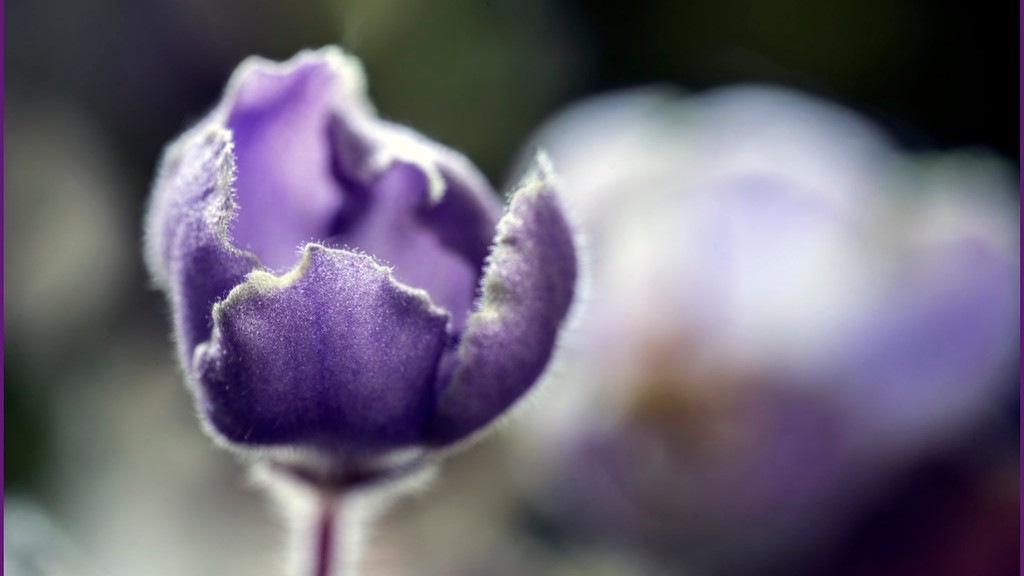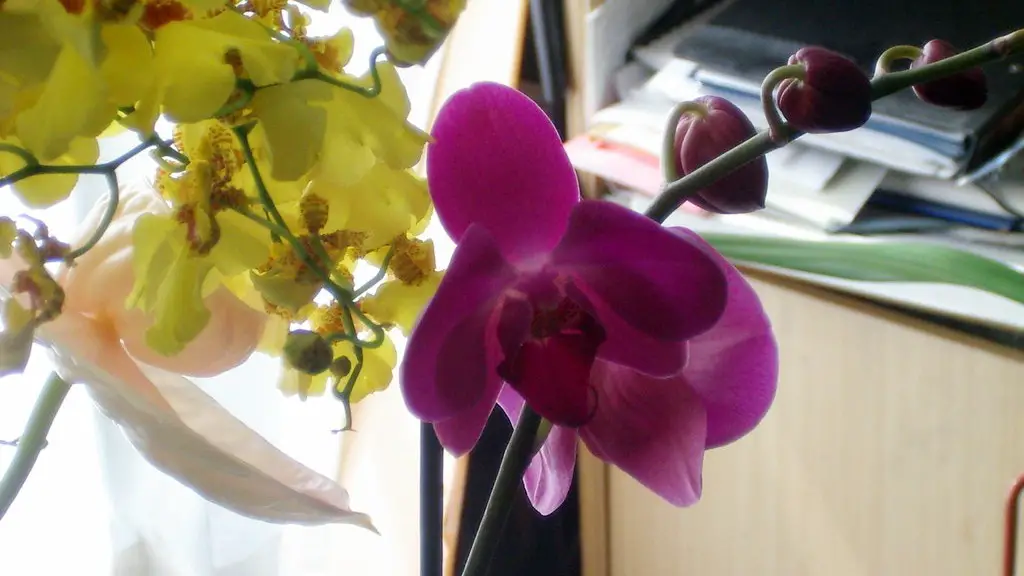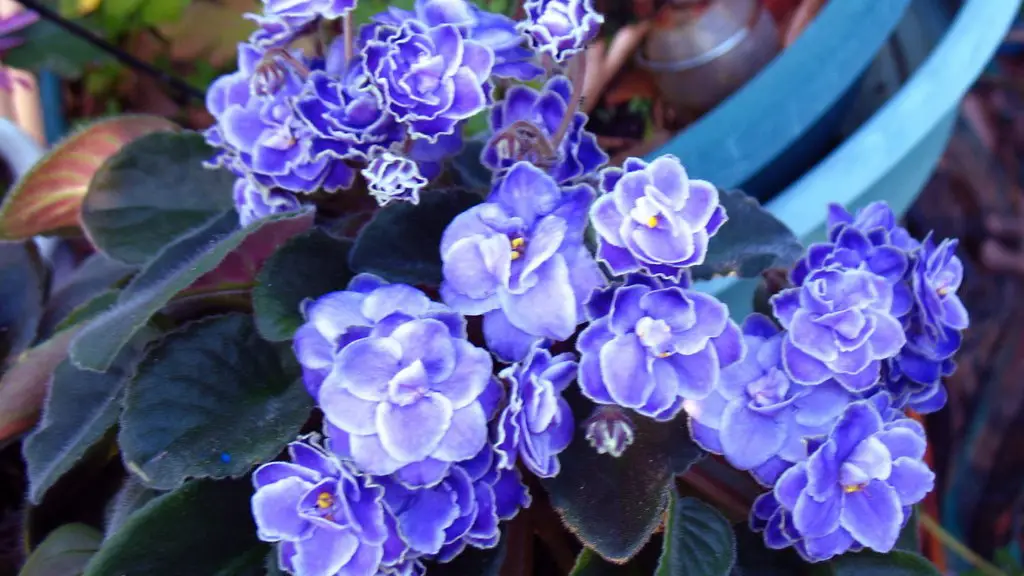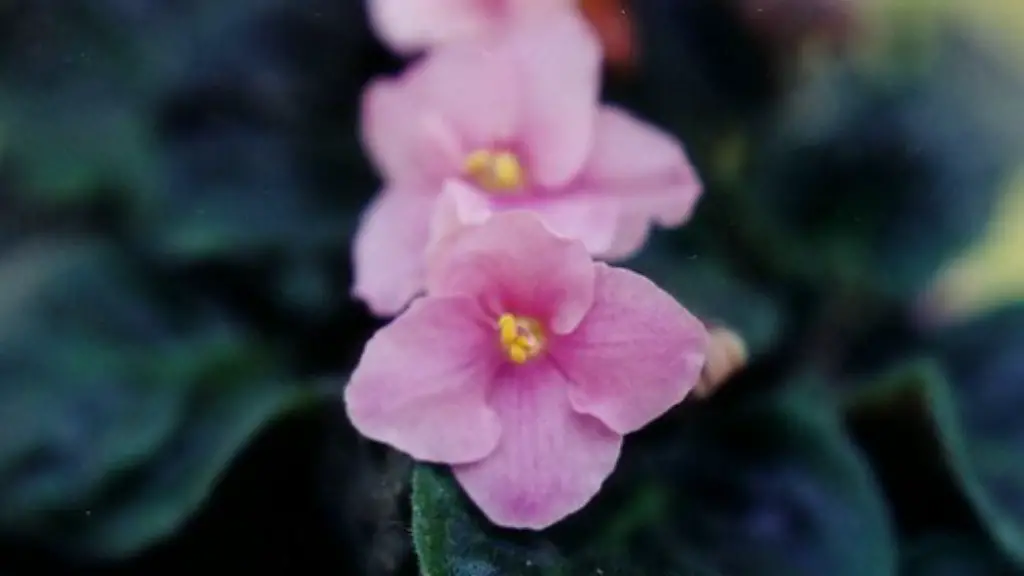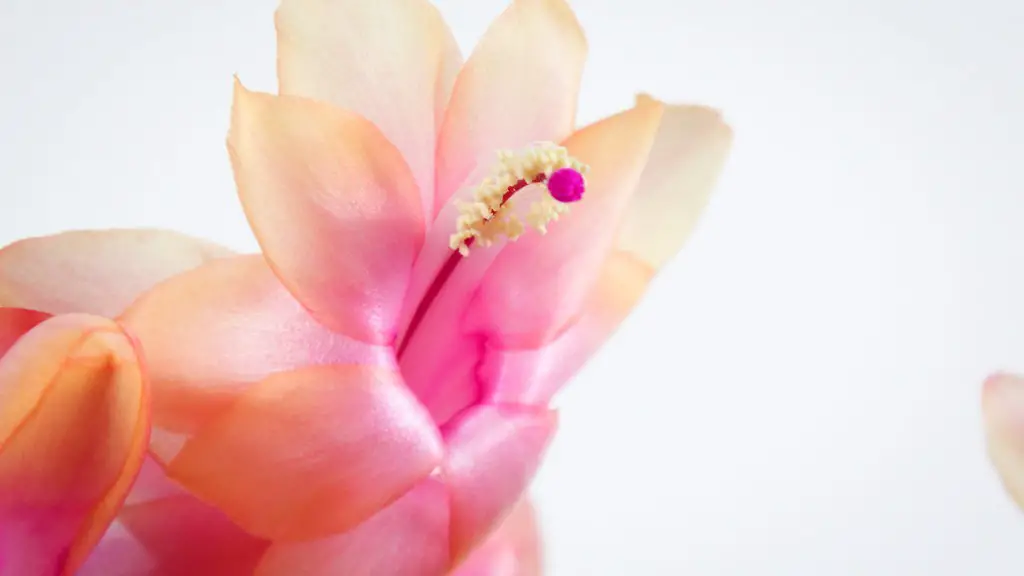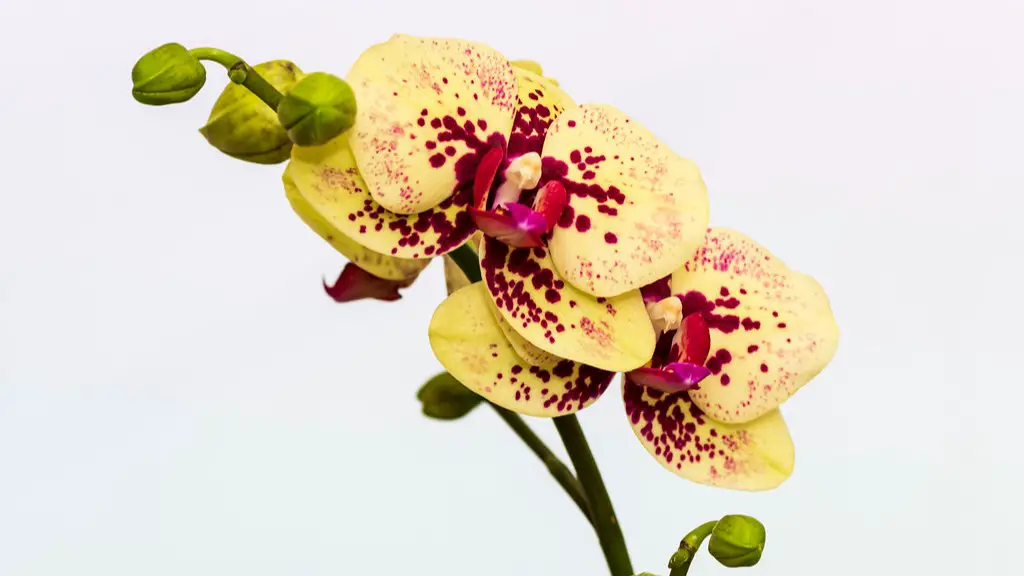African violets are a beloved houseplant for their colorful flowers and easy care, and many people are surprised to learn that they can be easily transplanted. The key to success is to start with a healthy plant and use a pot that is only slightly larger than the current one. Water the plant thoroughly the day before you transplant to make sure the soil is moist. When you’re ready to transplant, gently remove the plant from its current pot, taking care not to damage the roots. Place it in the new pot and fill in with fresh potting mix, gently pressing it around the roots. Water well and place in a bright, indirect light. With a little care, your African violet will soon be blooming in its new home.
First, you need to select a pot that is no more than 2 inches wider than the current pot. Second, you need to fill the new pot with African violet potting soil. Next, you need to water the soil until it is evenly moist. After that, you need to remove the plant from its current pot and gently loosen the roots. You then need to place the plant in the new pot and fill in around the plant with more potting soil. Finally, you need to water the plant again and place it in a location with bright, indirect light.
When should African violets be transplanted?
When your African violet has doubled or tripled in size, it’s time to repot the plant into a larger pot. This will prevent the plant from becoming too root-bound. Be sure to use a pot that is only slightly larger than the current pot, as this will provide the best results.
If you’re repotting your African violet, start by placing a thin layer of soil inside the pot. Set the root ball on top and gently cover it up to the base of the leaves. Pat down just enough to stabilize the plant, then place it in a saucer of water. Allow your plant to soak up as much water as it needs.
Can I use regular potting soil for African violets
African violets prefer slightly acidic conditions, between 58 to 65 pH. In conventional soil, your plant won’t be able to efficiently absorb nutrients. Generally, peat moss is used to lower the pH in African violet potting soil.
African violets need a lot of moisture to stay healthy and happy, so it’s important to choose a pot that will provide them with the right amount of water. African violet pots are small (4- to 5-inch) ceramic or plastic self-watering containers that will do the trick. Just be sure to keep an eye on the water level in the reservoir and refill it as needed. Your violets will thank you!
Is it better to root African violets in water or soil?
It’s easy to root African violets from a leaf in water. Simply take a leaf from your existing plant or from a friend’s plant and place it in a glass of water. The quickest and easiest way to root these beautiful flowers is in water using a leaf.
If you want your African violet to last a long time, you need to take care of it properly. Avoid overwatering, chilling and direct sunlight, as these can all shorten its lifespan. With proper care, it’s not unusual for African violets to live for 50 years or more.
Do African violets like bigger pots?
Choose a pot that is small enough so that the roots of the plant are slightly pot-bound. This will help the plant to thrive.
When watering African violets, it is best to use lukewarm or warm water. You can water from the top or bottom, but be careful not to get water on the leaves when the plant is in the sun. This is to avoid leaf spots.
Should I water my African violet after repotting
Adding water after repotting will compact the soil to some degree, but this is unavoidable. As needed, you may add a little more potting mix to the top of the pot to stabilize the plant.
African violet roots generally do not grow deep or wide, so it is best to keep the pot small and shallow.
If you’re growing African violets, it’s important to choose the right type of pot. African violet roots don’t go very deep, so they like shallow, breathable pots. Your pot must have suitable drainage holes so you can water from underneath. You can also get African violet specific pots that have a terra cotta sleeve you plant in, and a water reservoir.
Do African violets like to be root bound?
If you have an African violet that’s not blooming well, one possible reason is that it’s not root-bound enough.African violets prefer to be slightly root-bound, so it’s a good idea to repot them every now and then. You can usually repot them into the same pot after cleaning it well and using fresh potting mix.
The ideal potting mix for African violets contains both draining and moisture-retentive ingredients. Examples of materials you may find in a commercial pre-mixed bag of African violet soil includes sphagnum peat moss, coarse sand, perlite, vermiculite, and pumice. This mixture allows for the proper drainage and aeration that African violets need to thrive.
What is the secret to growing African violets
African violets need indirect sunlight to prevent the leaves from burning. A north- or east- facing window is best for this. Keep plants away from cold glass and rotate the pot once a week so all leaves receive light. During winter months, you can extend daylight by placing African violets under a grow light.
African violets are beautiful flowers that bloom best in bright light. However, they cannot tolerate hot, direct sun because their leaves are easily scorched by intense light. Violets bloom best at temperatures from 65 to 75 degrees.
Where is the best place to keep African violets?
African violets need bright, indirect light in order to thrive. A spot near an east or north window is often a good option, as long as the plant isn’t in direct sunlight. If there isn’t a suitable window available, African violets can be placed under a fluorescent light fixture with two 40-watt tubes.
This is an all-purpose fertilizer that can be used on African violets and other blooming houseplants. It will help to promote healthy growth and bountiful blooms.
Warp Up
To transplant an African violet, start by watering the plant deeply the day before you transplant it. Then, use a sharp knife or spade to dig up the plant, being careful not to damage the roots. Next, replant the violet in a pot that is 1-2 inches larger than the original pot and has drainage holes. After transplanting, water the plant lightly and keep it in a warm, humid environment until new growth appears.
African violets are relatively easy to transplant. The best time to transplant them is in the spring or fall. When transplanting, be sure to use a pot that is only slightly larger than the current pot. Be sure to also provide adequate drainage.
